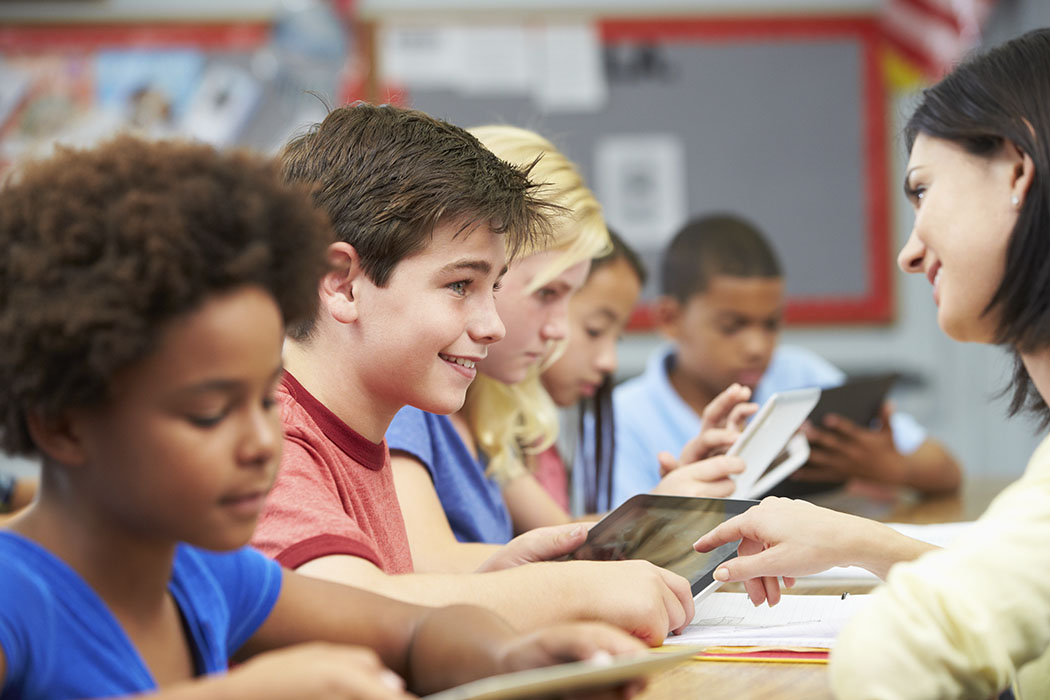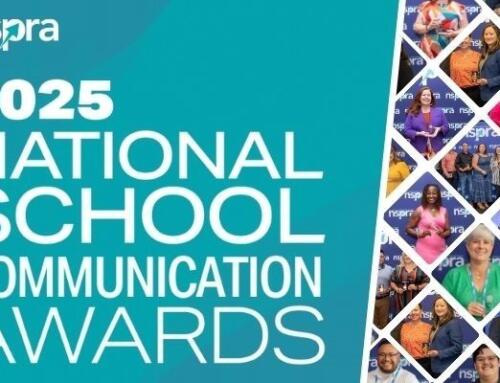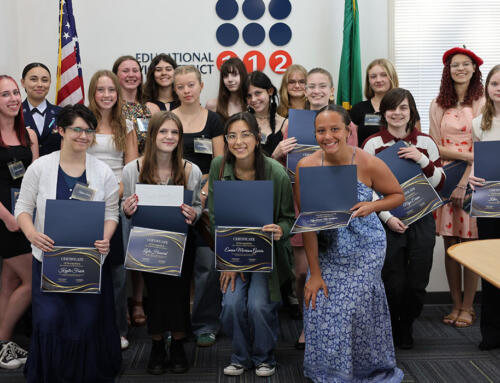Vancouver schools provide better educational opportunities, faster growth in learning
According to a recently released national study, Vancouver Public Schools provides higher than average educational opportunities while children are in school and higher rates of student learning growth in a single year compared to other districts with similar socioeconomic status. An analysis of achievement gaps in every school in America shows poverty as the biggest hurdle. This study by Stanford University finds that racial segregation matters, because black and Hispanic students are concentrated in high-poverty schools.
Sean Reardon and former and current colleagues at Stanford authored “Is Separate still Unequal? New Evidence on School Segregation and Racial Academic Achievement Gaps.” They analyzed 350 million test scores from 2009 to 2016, representing about 50 million students as they attended public schools from third to eighth grades. To ensure a fair comparison, scores from different state tests were converted to a single national yardstick.
Says Reardon about test scores, “The average test scores that kids have in schools or school districts are the results of all the opportunities these kids have had to learn their whole lives, at home, in the neighborhood, in preschool and in the school year,” Reardon said, “So it’s misleading to attribute average test scores solely to the school where they take the test.”
“If you want to know how good the schools are,” Reardon said, “a better but not perfect measure would be the learning rates because those are measuring how fast kids are learning while they’re in school, regardless of where they started.”
According to the Stanford study:
- Vancouver School District provides higher than average educational opportunities while children are in school.
- Vancouver’s student learning growth rates in a single year are 14 percent higher than districts across the country with similar socioeconomic status.
- Vancouver’s standardized test scores are at the national average for all students and higher than districts with similar socioeconomic status in the U.S.
“Here’s what we know,” said Superintendent Steve Webb. “If we can close opportunity and expectation gaps at home and school, we can close achievement gaps in our schools. I’m proud of the collective achievement by our students, staff, families and district partners. Our whole village, whole child, community schools and instructional quality initiatives are transforming students’ lives.”
In 2018, Vancouver’s on-time graduation rate was 85 percent. The rate of improvement in Vancouver Public Schools is outpacing the rest of the state.
Over the past four years, VPS’ rate of improvement for on-time graduation was:
- Nearly three times the rate of improvement for all students in the state
- Three times the rate of improvement for low-income students in the state
- One-and-a-half times the rate of improvement for English learners in the state
- Three times the rate of improvement of students with disabilities in the state
- Nearly eight times the rate of improvement of students with 504 plans in the state




 ESD 112 equalizes educational opportunities for learning communities through innovative partnerships, responsive leadership, and exceptional programs.
ESD 112 equalizes educational opportunities for learning communities through innovative partnerships, responsive leadership, and exceptional programs.